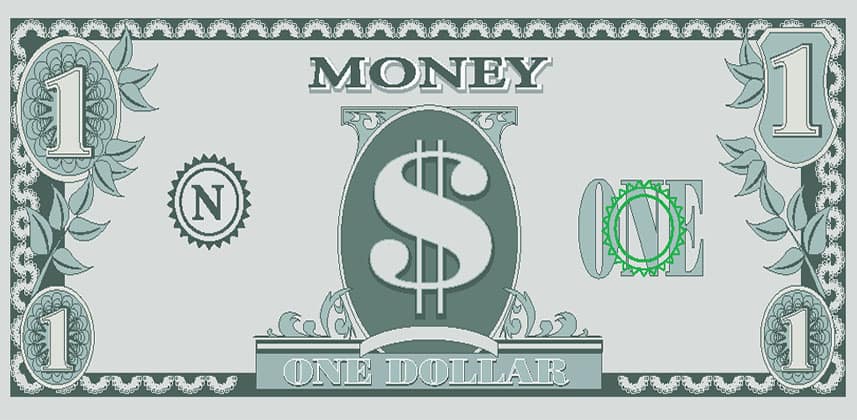| Series |
|---|
In a previous Insights Library Article, I discussed many approaches that go into determining your rate such as the market you’re in, playing on psychological aspects of potential clients and even how deciding to be a volume shop determines what your actual rate is. In that article, I stressed how important it is to determine an actual baseline rate – for most colorists it will be an hourly rate.
The question still remains – how do you actually use that hourly rate? Like many colorists and every postproduction professional you will be asked at some point:
How much will this project cost?
How you answer this question is important – telling a client their project will “take what it takes” and here is my hourly rate can scare off a lot of clients. Conversely, telling a client you can do a project for $1000 but taking 30 hours to complete it can quickly hurt your bottom line or worse yet, put you out of business.
In this article, I want to explore the pros and cons of charging hourly and flat bidding projects. And how in the end, these are very complementary approaches and which one you use largely depends on the project and the client.
Another Big Disclaimer
Making money is a serious business, and please take my advice as just that – advice. Every market is different, every client is different, skills and experience, equipment and potential workflows all differ, so how you bill your clients and at what rate you bill them should reflect these and a number of other factors – including ones discussed in this article.
Billing Hourly
Previously, we discussed ways to determine your actual rate, but what do you do once you’ve determined that rate? Well, the easiest thing is to simply bill hourly! Hourly billing is a very common way to bill, but prior to billing this way you should consider the pros and cons.
Hourly billing has definite advantages including:
- Allowing you to bill for every hour that you actually work on a project
- The ability to maximize billable earnings – in its purest form, hourly billing is based on a non-discounted rate, which is great for your bottom line
- Modular – in the sense that you can budget an hour at a time (or a fraction thereof) to a task
While its hard to find fault with the concept of hourly billing, it does have some problems that you should be aware of:
- Clients can sometimes be afraid of the idea of hourly billing! Hourly billing unchecked or without the guidance of a budget can potentially be off-putting to existing or potential clients.
- For hourly billing to work well, some level of accounting must be in place. Usually, its the responsibility of the operator to keep track of his or her hours, but in some larger facilities an in-house producer takes on this responsibility. In either case, this accounting adds overhead and its one more thing to keep track of regarding clients.
- Rounding or fractional billing? – What I mean is if you complete a task in part of an hour, do you bill for that fraction of an hour or do you round up to the next whole hour? My preference is to round up to the next whole hour, but clients sometimes complain – “but it only took 20min!”.
I like billing by the hour, especially since in theory, it accounts for all the time I work on a project. I tend to employ hourly billing, especially with first-time clients when I don’t have a feel for how their projects will go and for specific types of clients (more on this towards the end of this article). I also tend to use hourly billing if a project is not part of a larger commitment e.g. a television series.
Hourly Discounting
One of the issues that come up with hourly billing is how do you provide a discount when needed? There are going to be times when you don’t want to flat bid a project, but for one reason or another, you want to discount your services for a client. There are really two ways to discount when billing hourly
- Lower your hourly rate
- Apply fewer hours to a project
Which you choose is up to you, but for someone who is a little obsessive-compulsive like myself, I tend to discount my hourly rate rather than skimp on time. I like to do things right and if that means making a little less money – so be it. I would rather have a client happy and rest easily at night knowing that I did all I could to make the project look the best it could.
However, don’t get me wrong, I totally see the logic of keeping your hourly rate the same and just applying fewer hours to a job. A wise man once said, “give a client an inch and they’ll take a mile”. In the world of postproduction, this means if you drop your rate once for a client you can potentially have trouble getting the rate back up to its normal place on the next job.
When discounting my rate for a client I let them know that I’m cutting it for them, this is not the normal rate and on the next project we’ll be back at our normal rate.
Member Content
Sorry... the rest of this content is for members only. You'll need to login or Join Now to continue (we hope you do!).
Need more information about our memberships? Click to learn more.
Membership optionsMember Login


